Card Design 2005
|
Year 2005 is the year my first baby was born. The drawings were made end of 2004, when Michelle and I were anticipating the arrival of the baby. Shee Yun was born on 7 March 2005. The theme of the 2005 designs is ancient civilisations. |
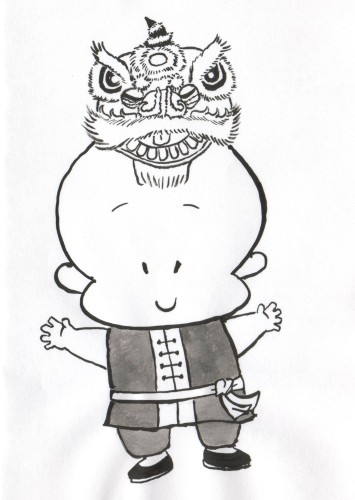 |
Chinese New Year Lion dance |
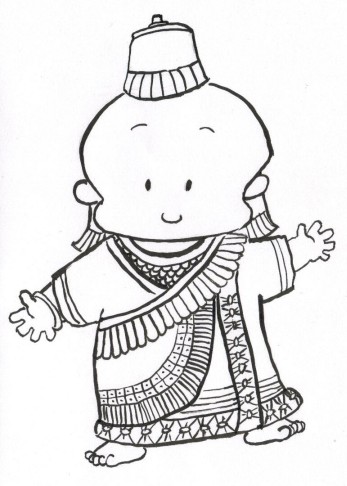 |
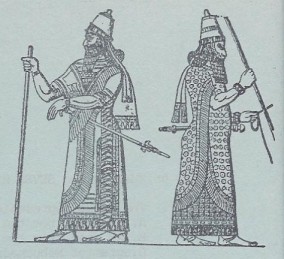 Babylon Period: 2000BC – 500 BC
Babylon is well known for its leader Hammurabi and his law – the Code of Hammurabi, the world’s earliest organised set of laws. The Code of Hammurabi created the "eye for an eye" punishment for offences. Babylon is also known for its hanging gardens, one of the seven wonders of the world, which was built by Nebuchadnezzar II, to please his homesick wife Amyitis. |
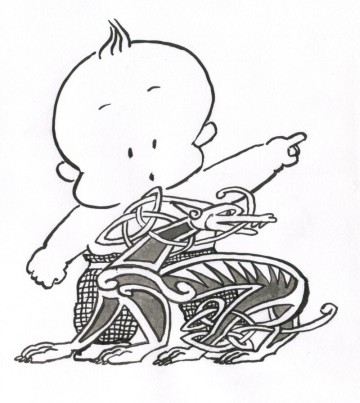 |
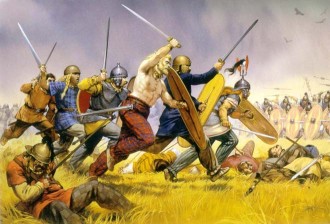
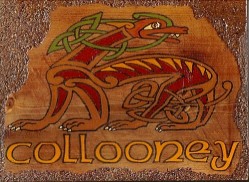 Celt Period: 800 BC – 400 AD
The Celts originated in Central Europe, in modern day Germany and easternFrance, and spread to the whole of France, the British Isles, Greece and also eastern Europe. They did not have written records, but had advanced and highly artistic metalwork. They were first to use the chain-mail, which was later adopted by the Romans. Two privileged classes in Celtic society were the Druids, who seem to have combined the roles of priest and magistrate, and the Knights, who led the people in war. |
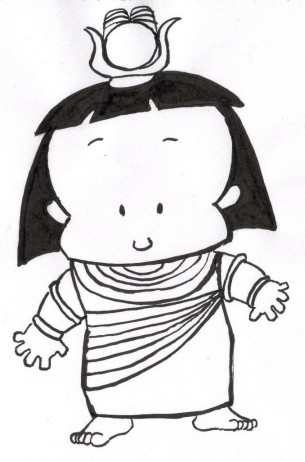 |
 Egypt Period: ~3000 BC – 332 BC
The Egyptian civilisation flourished along the River Nile, and is most well known for its monuments. The Sphinx and the great pyramids were built in the Old Kingdom period (2705 BC – 2213 BC). Ancient Egyptians believed in the afterlife, thus the practice of mummification. The Egyptians had a rich mythology, and their most important gods include Amun-Re, Osiris, Isis and Horus. Egypt was later conquered by the Greek and then the Romans. |
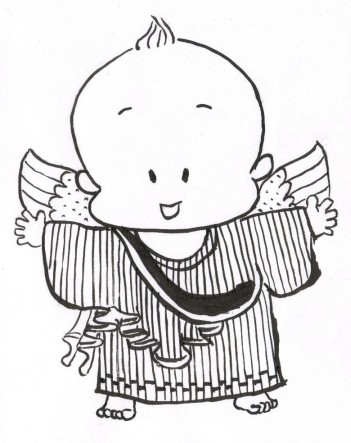 |
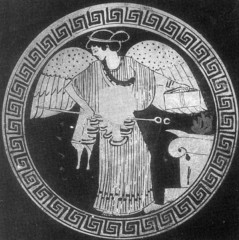 Greek Period: 2000BC – 146BC
The first major Greek culture, the Minoans, started on the island of Crete. The Greek golden age, the Classical Period, was between 500BC and 336BC. This was the time of the great Macedonian king Alexander the Great, of the full development of the democratic system of government under the Athenian statesman Pericles, of the founding of the philosophical schools of Socrates and Plato. |
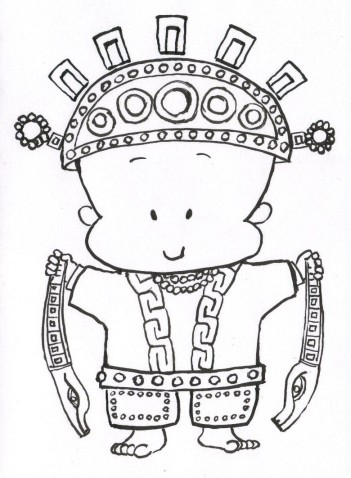 |
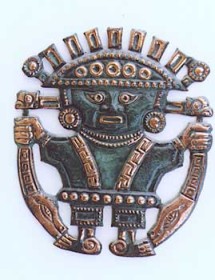 Inca Period: 1200 AD – 1535 AD
The Inca were a religious and a warlike people, and their society was arranged in a strict hierarchical structure. They are well known for their wealth in gold. The most amazing and puzzling aspect of the Inca is their architecture. Buildings were built using huge blocks of stone, which fitted together so tightly that not even a razor blade could fit through them. The Inco also had an impressive road network. The Inca reign came to a brutal end when they were conquered by the Spanish. |
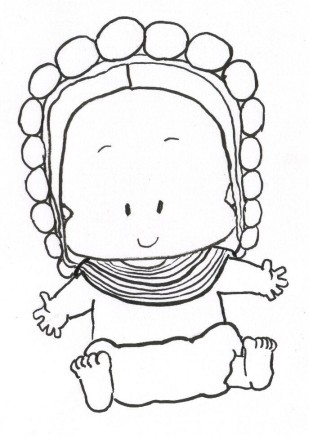 |
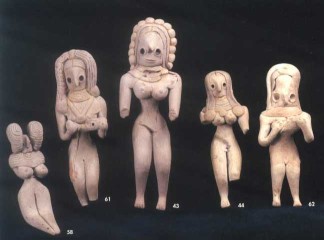 Indus Period: 2600 BC – 1800 BC
The Indus arose as a farming civilisation. Their most distinctive feature was their intricate urban planning. Their cities were distinguished by a well-planned layout of streets and buildings and sophisticated construction. The Indus traded heavily, with Central Asia, the Arabian Gulf region and the distant Mesopotamian cities, such as Susa and Ur. The Indus people regarded buffalo horns and pipal trees as sacred. |
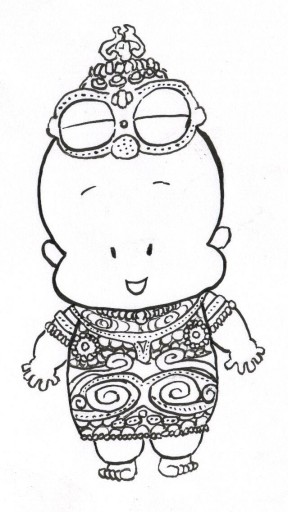 |
 Jomon Period: 10,000 BC – 300 BC
The Jomon people were Middle Stone Age people. They were mainly hunters and gatherers that lived in small tribal groups. Archaeologists are fascinated by their pottery and their mysterious female figurines, believed to be a goddess they worshipped. Jomon means “cord pattern”, which is found on their pottery. The Jomon people were later displaced by the Yayoi people who came from the north of China. |
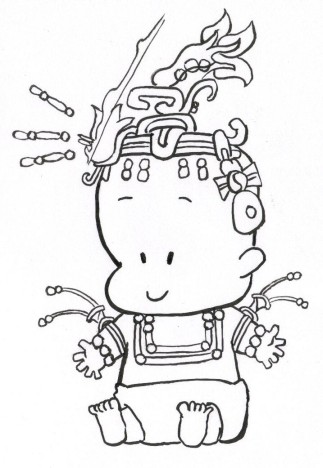 |
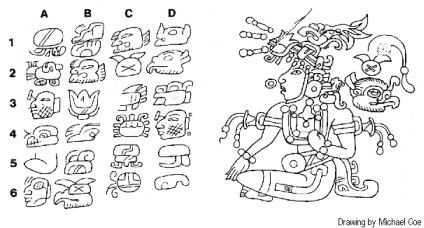 Maya Period: 250 AD – 900 AD
The Mayan civilisation consisted of many city states sharing a same culture and religion. They are a war-like culture and are known for their human sacrifice rituals. They perfected the most complex writing system in the hemisphere, mastered mathematics and astrological calendars of astonishing accuracy, and built massive pyramids all over Central America. The Mayan civilisation collapsed suddenly around 900AD, and there are many theories about why, including warfare, overpopulation, exploitation of the rainforest eco-system, and water shortages. |
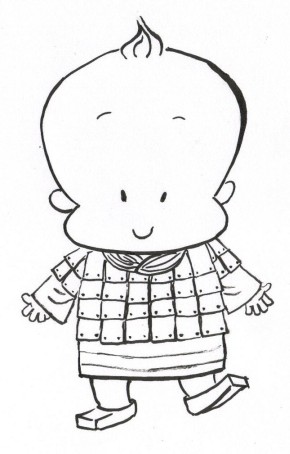 |
 Qin Period: 221BC – 206 BC
Qin was one of the western states of the Warring States Period of China. Their king conquered the other states and unified China, and named himself the first emperor – Qin Shi Huang. Many changes were introduced and standards were set, including laws, government, language and writing, currency, measurements. Much work was done on the Great Wall. The Qin Dynasty was known for the terracotta army, found at the burial site of Qin Shi Huang. The Qin Dynasty was overthrown soon after the death of Qin Shi Huang, and the Han Dynasty began. |
 |
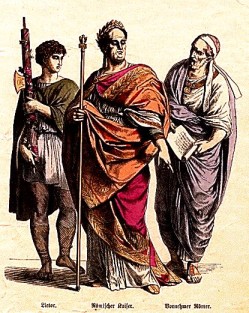 Roman Empire Period: Republic 510BC – 23 BC, Empire 23 BC – 476 AD
The Roman Republic was established when Rome revolted against the rule of Etruscan kings. The Roman Empire began in 23 BC when the Roman Senate gave Gaius Octavius the name Augustus and he became the undisputed emperor. The Roman Empire encompassed a huge amount of territory, but also allowed people of many different cultures to retain their heritage. The empire helped to perpetuate the art, literature, and philosophy of the Greeks, the religious and ethical system of the Jews, the new religion of the Christians, Babylonian astronomy and astrology and so on. The Romans supplied their own peculiar talents for government, law, and architecture and also spread their Latin language. In this way they created the Greco-Roman synthesis, the rich combination of cultural elements that has shaped what we call the Western tradition. |
 |
Merry Christmas! |
Return to homepage